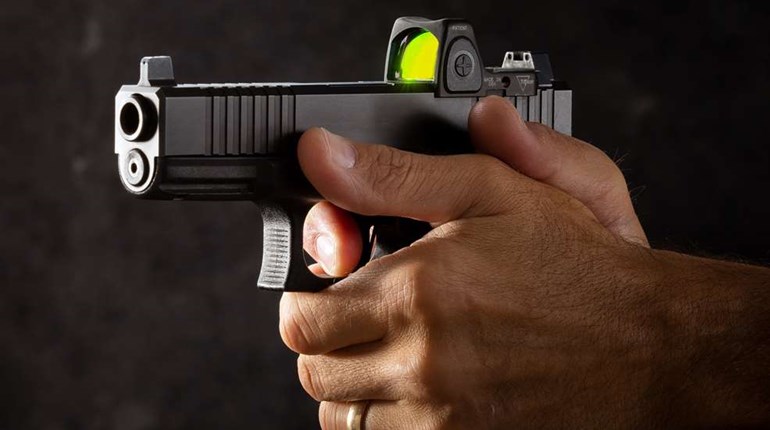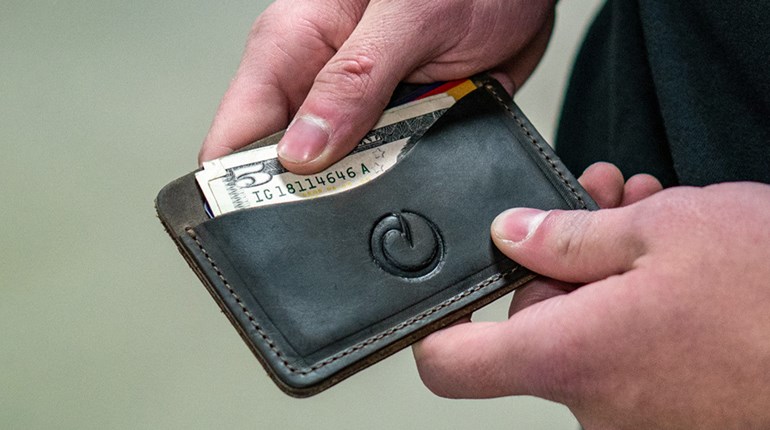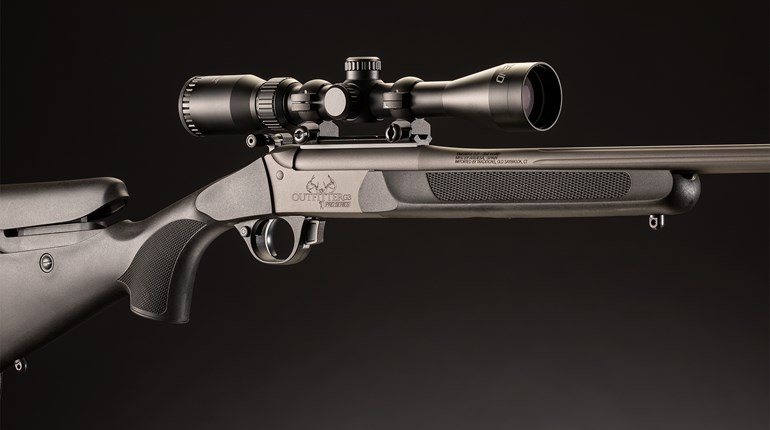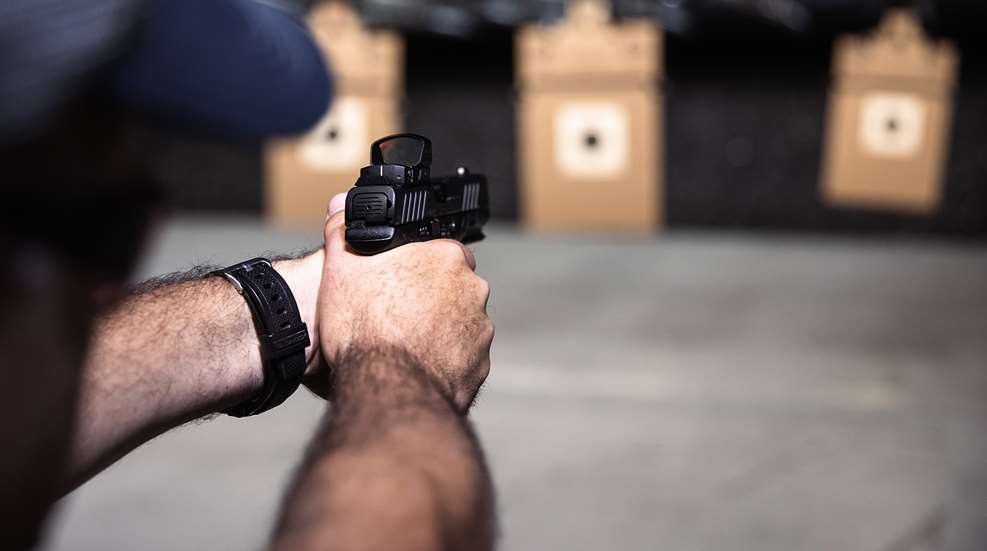
Much has been written about the technical details of acquiring an optimal grip on your handgun. One expert says, ‘this is how I do it’ and another expert says ‘this is how I do it.’ You can ask twenty different grandmasters and you will get twenty different answers--which is not necessarily a bad thing. The bottom line, what ends up being true for most shooters at the upper levels, is that you need to figure out what exactly works for you.
When it comes to deriving your own personal shooting grip, one size does not fit all. However, there some integral shooting performance elements necessary to establish what you would eventually call your signature grip.
Akin to when you first developed your personal handwriting signature, you tried many different options. A change of inflection here, a different curvature of the pen here and after a period of trial and error, you eventually found what you liked. You may have made a tweak or two along the way, but odds are that the handwriting signature you adopted all those years ago is pretty much the same one you use to this very day. The same applies to your signature grip.
Everyone’s physiological makeup is different. Some have perfect near and far vision, while others have less-than-perfect vision. Some shooters are athletically inclined, endowed with natural physical strength, and with other genetic attributes such as so called “fast twitch” muscle fiber and predisposed to rapid eye-hand coordination. Others have large hands, strong grip, good cardio, possess greater capacity for discipline or mental focus. No one shooter has it all and its advisable to use your natural attributes to your advantage.
Former US Marine, federal employee and currently ranked competitive shooter Mike Seeklander is often quoted saying, “None of it came easy to me. I had to work at everything.” He reminds his students that because he wasn’t born with certain natural attributes, he had to work extremely hard at his craft to develop his refined shooting skills. He continues to encourage others to continue in their efforts to work through any personal difficulties and use discipline to come out on the other side of shooting well.
What Mike and other professional firearms instructors will tell you is that you can develop your visual acuity, athleticism, and work on your eye-hand coordination. When it comes to we normal earth walkers, shooting skills are not something you’re born with but something that can be develop with commensurate mindset, determination and a training regimen.
When it comes to developing your shooting skills to the next level, there’s no need to reinvent the wheel. It’s all been done before. Many have gone before you and have figured it out for themselves. It is strongly recommended by the likes of multi-world champion Rob Leatham, Max Michel, Travis McCamish and others to make the time to train and learn from as many other shooters as you can.
You adopt this idea from one shooter, a mental approach from another shooter and a technique from yet another. Mix and match, find what works best for you and then allow yourself to accept plenty of trial and error. Be prepared to fail and fail a lot. Prepare for frustration and plateaus, but also know that all that hard work eventually pays off. You may train for a couple of years one way and make a tremendous discovery that causes you to change your signature grip for the better. You may ask yourself “Was it worth the painstaking effort?” The answer is yes.
Developing your signature grip is not something that happens overnight and the only surefire way to develop it is to constantly make mistakes and identify what works and what doesn’t work. However, you don’t want to just try anything and everything out there that you watch on the almighty internet. You can employ two trusted guidelines – is it compatible with your body type, and is it repeatable on demand.
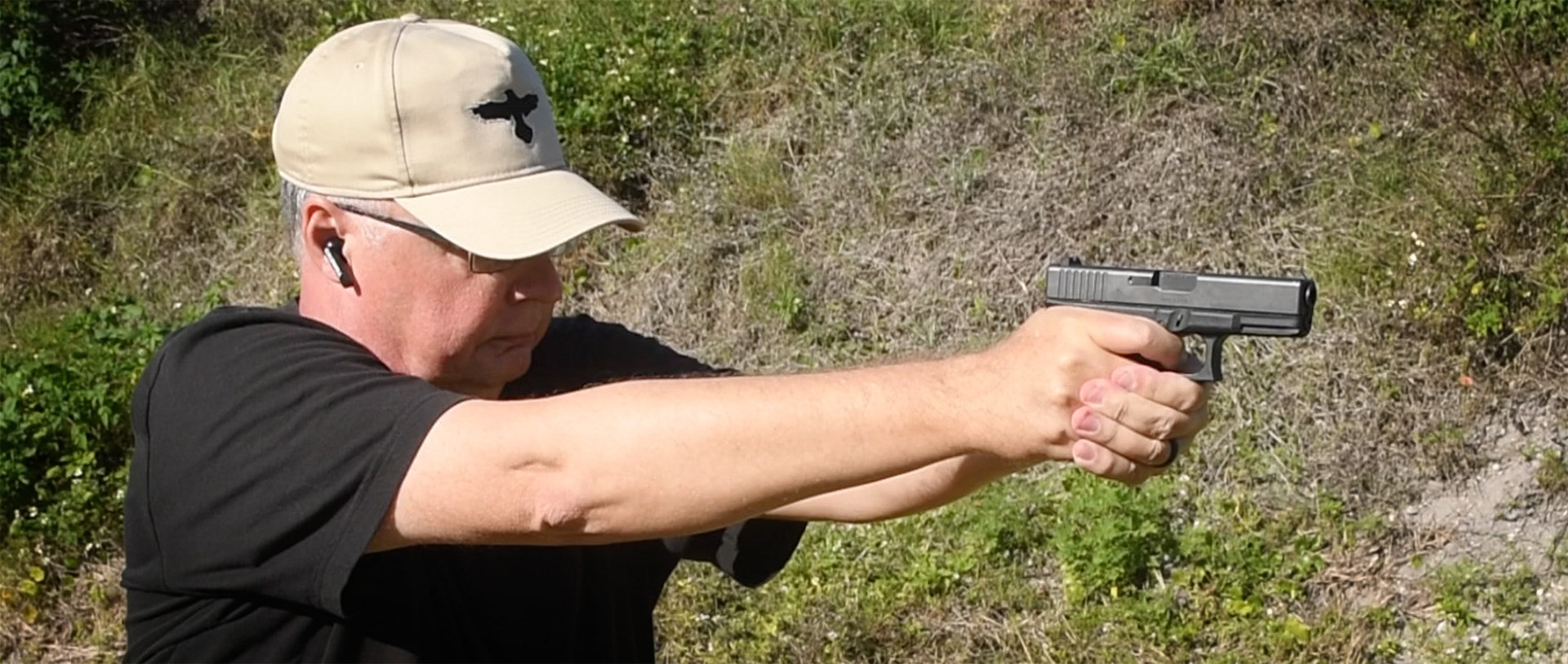
Mike Voigt, one of the early pioneers of performance-shooting instruction, taught his disciples to build their grip earlier, to get there early both mechanically and mentally. By the time you put it all together in time to build the shot you’re ahead of the action-reaction power curve timewise.
Former competitive shooter and law enforcement officer Ron Avery coined the phrase “Grip Force Vector” (GFV) referring to a part of his signature grip acquisition process. He talked a lot about the importance and technical details of building the shot like ‘squeezing toothpaste out of a tube’ where you build control from the back of the gun forward ‘squeezing out’ any lack of control in the forward direction. He viewed establishing your signature grip as an integral component of building a controlled force vector.
Professional shooter Travis McCamish teaches his students how to establish what he calls “Hot Spots.” He readily identifies three points of contact mandatory to building a functional GFV. Getting the web of your thumb up high on the bore line, controlling the base of the front strap and controlling windage with the support hand thumb pressing against the base knuckle of your trigger finger. Applying pressure to these hot spots helps to ‘shrink your trajectory cone’ resulting in better shot placement.
Some instructors preach the virtues and the shortcomings of isometric tension versus the elimination of isometric tension. One long-term law enforcement officer and respected competitive shooter, Brandon Schilling, utilizes zero isometric tension as part of his signature grip, while others employ either full and complete isometrics or even partial isometrics.
Grandmasters such as Frank Proctor are solid proponents of positive strong hand thumb pressure “clamping down” on top of the support side thumb high up on the bore line. Others such as Jedi (Scott Jedlinski of Modern Samurai Project) and A.J. Zito prefer not to employ any thumb pressure at all. It works for them and the only way to find out if it works for you is to try it.
Nobody has the one-size-fits-all universal answer to the signature grip question. Exploring the pros and cons of each recommendation is worth the price of admission and the time to play with it. If it works for you then keep it. If it doesn’t work for you then throw it away. Developing your signature grip is about looking for long-term repeatability and consistency in practical application.












